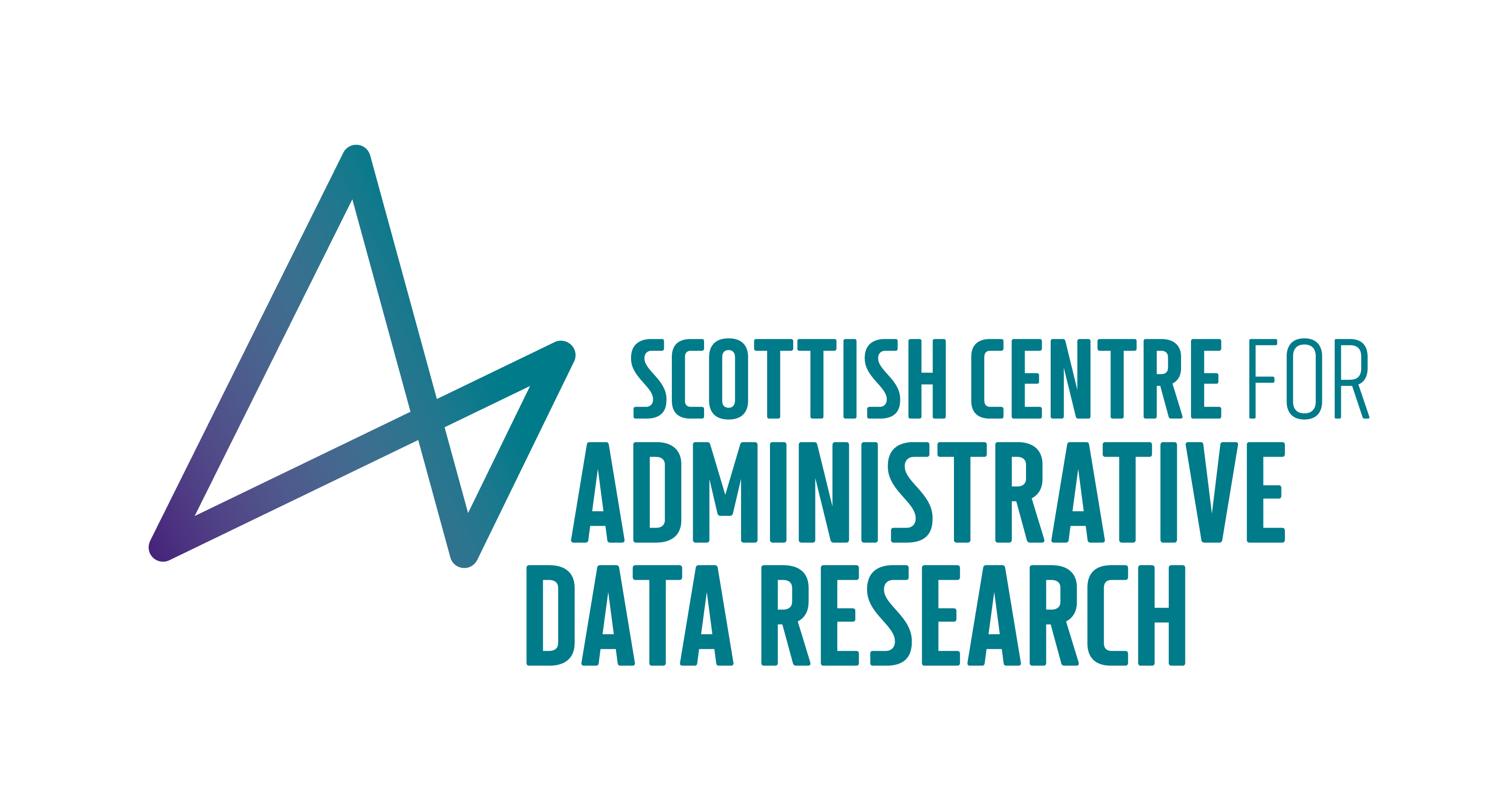Today’s blog is a guest post from Harriet Barker, Impact and Knowledge Exchange Officer at the Scottish Centre for Administrative Research.
In October I went along to ‘Parliament for Researchers’, a training event held across the UK run by the Parliamentary Office of Science & Technology (POST).
The session started off with something which may seem obvious but is always good to remember – clarifying the different roles and purposes of parliament and government. Parliament scrutinises and challenges the work of government, has the ability to make and change law, and debates the issues of the day. Government, on the other hand, runs public departments and services, can propose new laws to parliament and is accountable to them. This is a useful starting point when thinking about what part of the policy community is relevant and appropriate to target. The session helped to situate where research can go within policy – whether parliament, government, the third sector or beyond – and indeed how they all interlink. Knowing the different parts of the policy landscape and their roles, drivers and agendas is really valuable to ensure your research is pitched well and to the right people.
The Scottish Parliament Information Centre (SPICe) also presented to show how it works in Scotland and shared their new guide on how to get your research into Scottish Parliament. This guide provides a clear overview of the different ways to engage including via MSPs, Select Committees, Cross-Party Groups, Scotland’s Futures Forum and Petitions so is a good starting point if you are planning your routes to engagement within Scotland.
The event was a great introduction to the world of parliamentary impact so do keep an eye out for future POST training. Some key tips which emerged from the session:
- Be able to summarise your research and have any “killer stats” to hand
- Narrative and storytelling are key – appeal to current debate and policy developments
- Offer new insight – pitch what’s new and not what they’ve heard before
- Frame your message positively – don’t just diagnose a problem, instead offer an opportunity for change and offer your willingness to support/help improve the situation
- Don’t be afraid to be (appropriately) persistent – give policymakers a call to action when you meet, follow up with an email, give them your business card
The session served to highlight that there are many different ways to make contact and engage. Find the ones which suit you and make the most sense for the impact you’d like for your research. Familiarise yourself with the policy landscape – whether looking at the Areas of Research Interest for government departments or looking at the Scottish Parliament Select Committees – and from there you can identify who, how and where you will engage in what is a wide-ranging and constantly evolving policy landscape.
The Scottish Centre for Administrative Research is a multi-institutional initiative, hosted within the University of Edinburgh.
Original post on the SCADR website.
Thank you, Harriet, for guest blogging with us!




Pingback: Engaging with policymakers internationally